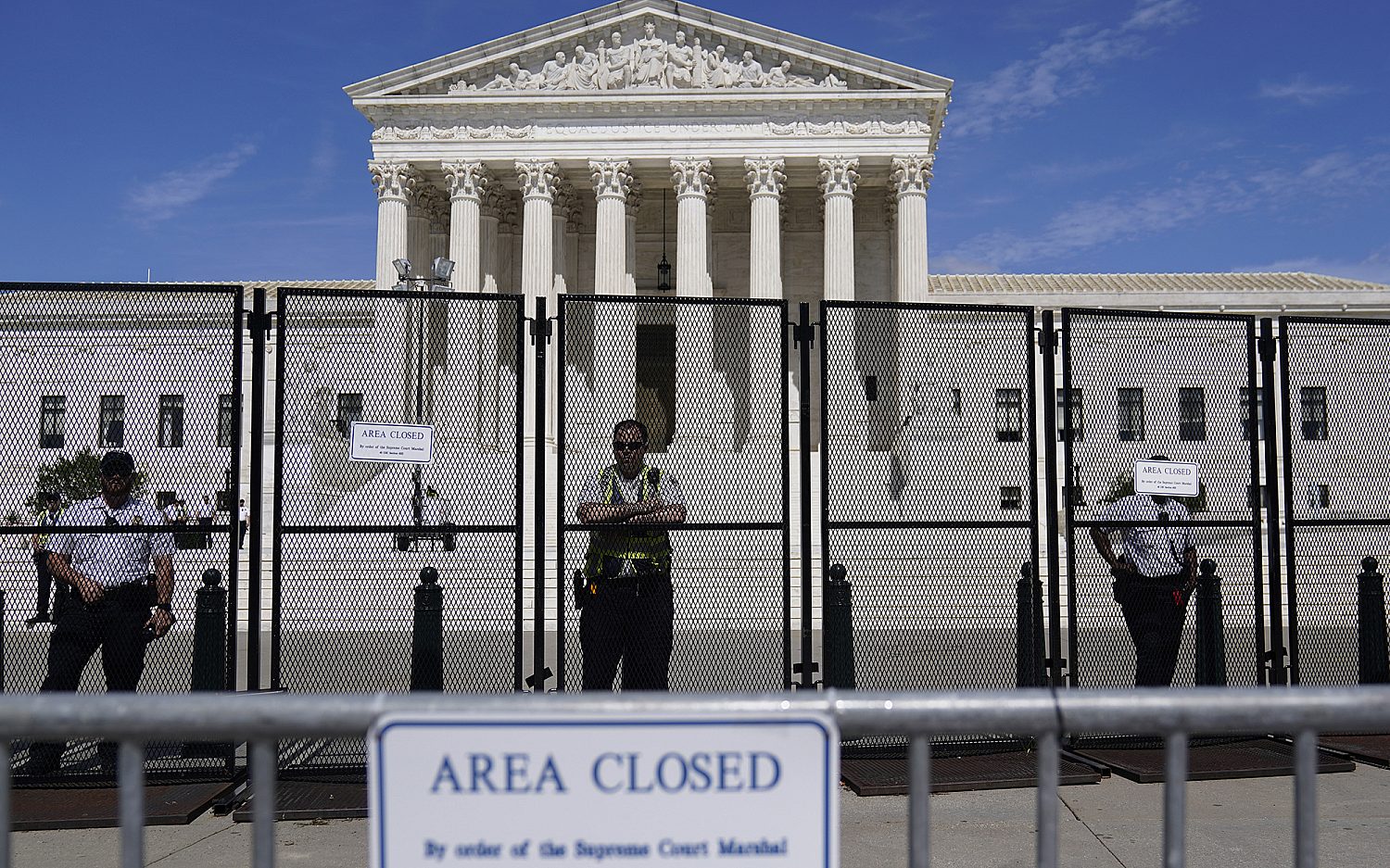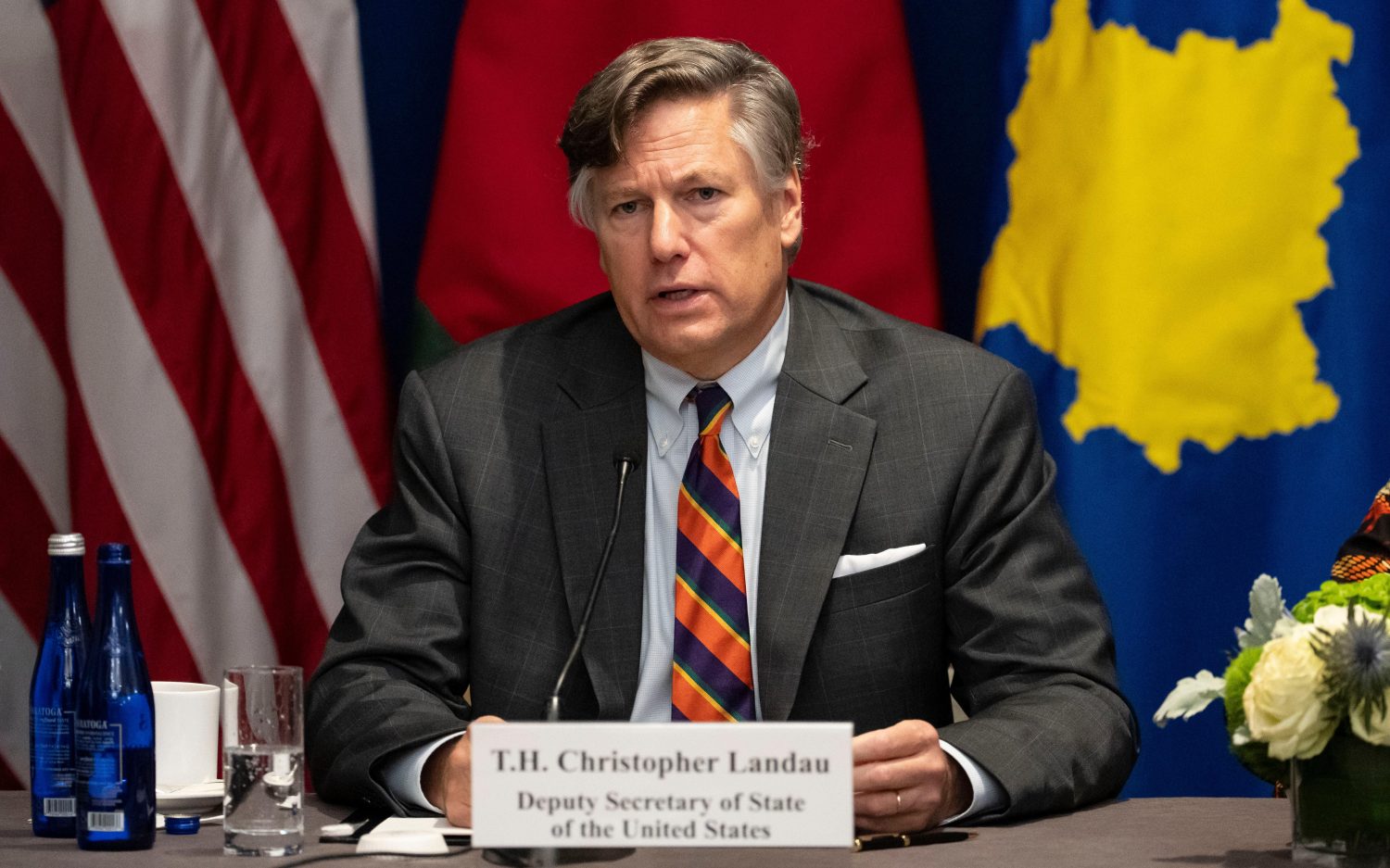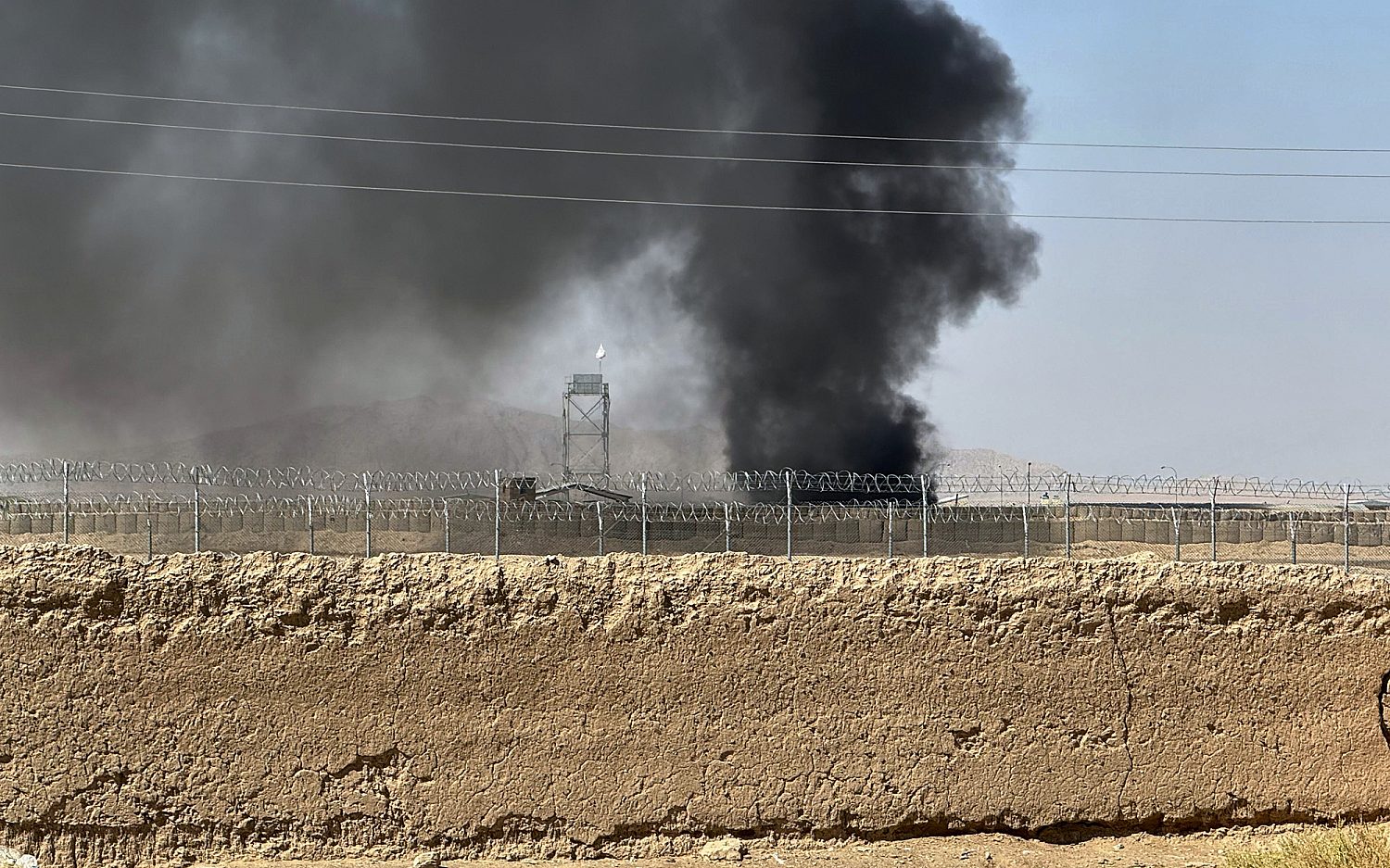Study: High doses of anti-depressant medication lead to teen suicide
“Childhood is not a disease,” declares a viral meme on Facebook that accuses parents of over-medicating their children. The image elicited at least 276 user comments, many laced with insults, profanity, or heartbreaking anecdotes both supporting and criticizing the use of psychiatric medication for children.
A new study on the relationship between antidepressant use and suicide could add fuel to the fire in the medication debate. But the study’s fine print actually provides doctors and parents with better information on how to give the right medication to the right kids at the right time.
The study by the Harvard School of Public Health found a correlation between antidepressant use and suicide in young adults. But researchers already knew that. In 2007, reports of suicide by teens who had just started taking antidepressants led the Food and Drug Administration (FDA) to require a black box warning label on the medications.
But doctors didn’t know how or why suicide and antidepressant use were linked. An FDA review found the percentage of youth who have suicidal thoughts while on antidepressants was small—about 4 percent—but twice as high as in the normal population. What made those few teens want to hurt themselves when so many others took the medicine and were fine?
The most recent Harvard study, published at the end of April in JAMA Internal Medicine, may have found the missing link: dosage. The researchers studied more than 150,000 cases of depression and found that, among patients ages 24 and younger, self-harm was twice as high among people who started their antidepressant therapy at high doses. A high dose was considered anything greater than what’s recommended, which is 20 milligrams per day for Celexa, 50 milligrams per day for Zoloft, and 20 milligrams per day for Prozac.
“If I were a parent, I definitely wouldn’t want my child to start on a higher dose of these drugs,” study author Matthew Miller, associate director of the Injury Control Research Center at the Harvard School of Public Health in Boston, told CBS News.
Why would a doctor prescribe such a high dose for an adolescent in the first place?
Miller and his colleagues could not find a reasonable explanation in the data. It might have something to do with the success some clinicians have had in giving high doses of antidepressants to teens. In one of the most widely cited studies that supports the efficacy of medication in treating adolescent depression, the average dose of Zoloft was between 133 and 146 milligrams daily—more than twice as much as the recommended adult dose. But psychiatrist Peter Kramer pointed out that the children in that study all started at 25 milligrams daily and increased their doses little-by-little over eight weeks. In the Harvard study, those with the highest rates of self-harm started at higher doses instead of working up to them.
With antidepressant use at an all-time high in the United States, the Harvard study helps give physicians clearer guidelines for safely prescribing these meds. Start slow, and increase a little at a time.
An actual newsletter worth subscribing to instead of just a collection of links. —Adam
Sign up to receive The Sift email newsletter each weekday morning for the latest headlines from WORLD’s breaking news team.





Please wait while we load the latest comments...
Comments
Please register, subscribe, or log in to comment on this article.